Chelidonium majus
A weedy plant from Europe used for various ailments in the Old World
Chelidonium majus greater celandine
Celandine is a member of the poppy family and is native to Eurasia, but was introduced to the United States. It is now widespread, growing in moist ground at wood edges, fields and around houses, especially in the Northeast. It is common in Pennsylvania, having been documented in most counties.
The plant produces 3/4 inch wide yellow flowers with 4 petals. The flower buds are hairy. The flowers are found in loose clusters. It blooms from April to August, depending on location and altitude. The small black seeds are contained in a long cylindrical lumpy but hairless capsule. The plant can grow to a height of 1-2 feet. The 4-8 inch leaves are elaborately lobed and have wavy edges. The stems, buds and leaf undersides are hairy.
This species is an attractive but aggressive plant and can be a troublesome weed. It is poisonous to chickens and thus needs to be controlled on farms where these birds have free range. It is toxic to humans in moderate doses. The sap of the plant is saffron-colored and resembles bile. For this reason, practitioners of traditional folk medicine used it as a treatment for liver diseases. A tincture of this sap was also used to treat warts, freckles, corns and eczema. The effectiveness of these and other purported treatments have yet to be medically demonstrated. Extracts of celandine can still be purchased in herbal medicine stores as a dietary supplement or a homeopathic remedy.
Greater celandine is also known by the common names celandine, swallowwort or tetterwort or often simply celandine. The similar native celandine poppy or wood poppy (Stylophorum diphyllum) has minor differences from the greater celandine, especially the shorter, hairy seedpods. It also has larger flowers. The lesser celandine has some similarity in appearance but is a member of the buttercup family.
Habitat & Range
Common on moist soils, roadsides, and garden sites.
Present throughout the state.
| EMP: | UPL |
|---|---|
| NCNE: | UPL |
Phenology
Flowers March through May.
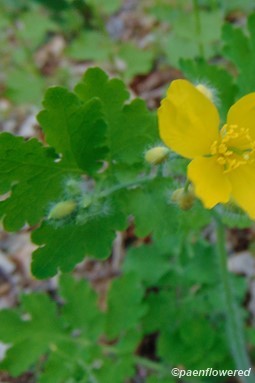
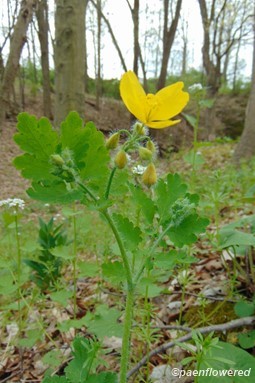
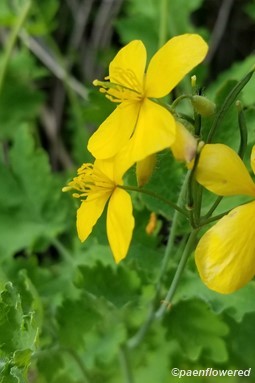



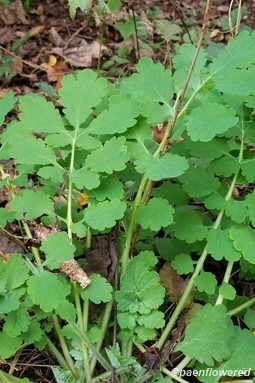
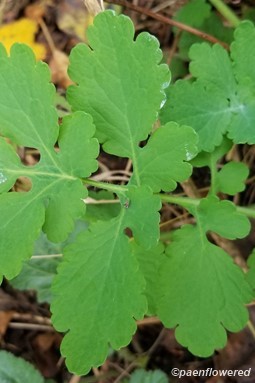

Comments
Have you spotted this plant in your area? We'd love to hear about your experience! Share your comments or questions about the plant below. Comments are moderated before posting.